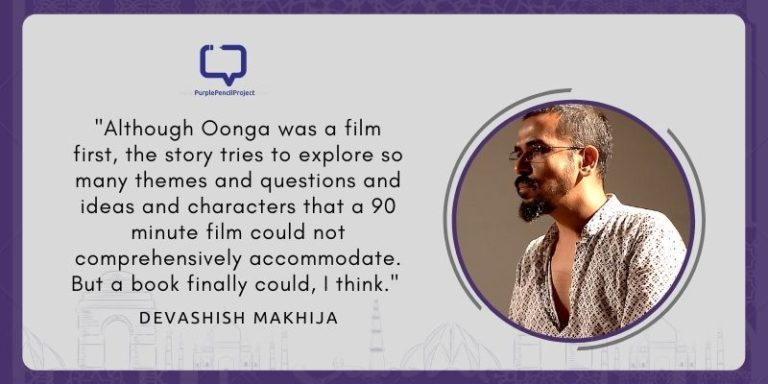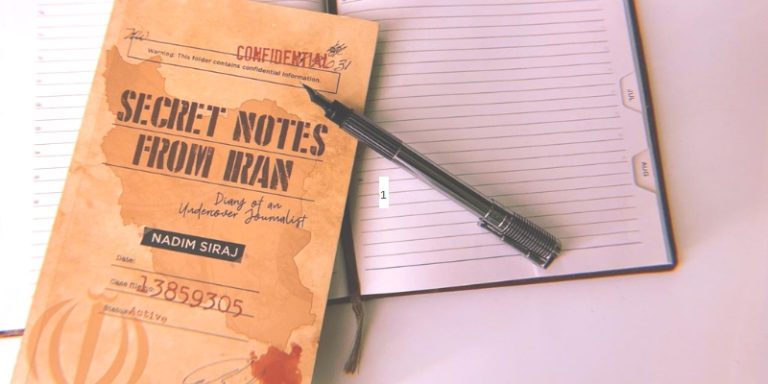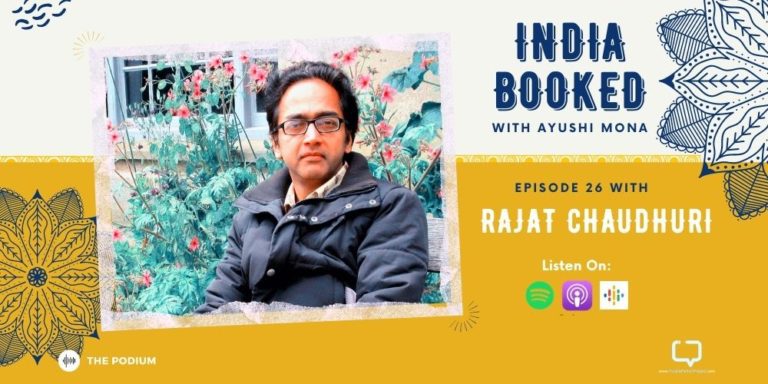Mumbai is vast, with more people sailing into it than out. Chances are that two people, in separate corners of this nearly 3-hour-wide city, have similar views, a common thread that could bind them together. Now, a mutual friend thinks that this connection can lead to a lasting bond and introduces them to each other, only to realise that the said connection was too weak to build upon.
We encourage you to buy books from a local bookstore. If that is not possible, please use the links on the page and support us. Thank you.
The two stories in author Chandrahas Choudhury’s Clouds are something like these two strangers, and try as the author might, he fails to make them work. But the journey is enjoyable nonetheless.
Strangers walking together
One of the friends is the middle-aged, divorced, very Parsi, very townie, highly flawed yet immensely entertaining psychoanalyst Farhad (or Had-fur) Billimoria, just a few days short of saying goodbye to the island city to start over in San Francisco. Just as he is about to leave his past behind, he stumbles into his possible futures – Zahra Irani, who runs a yoga class in SF and Hemlata of the middle-class Borivli cliche, literature professor by profession, feminist by action and overall the bad cop (or good, depending on whose side you are on), to Farhad’s good.
On the other hand, my brothers and sisters, are cloud person Rabi, the ‘tribal’ of Tininadi of Orissa (a fictional town), taking care of Eeja and Ooi, Bhagaban’s (a name neatly connected to Banpur) parents, quietly listening to their casteist banter and feeling the brunt of it since Bhagaban, the filmmaker turned political crusader is fighting for the rights of his tribe the Cloud people, whose sacred mountain, like Olympus but less imaginatively christened as the Cloud Mountain, the Company is out to destroy to mine for bauxite.
By itself, each story has a right on the bookshelf. In the Romance section, you can slip Billimoria and his two women (three if you count his car, Zelda), and the class and gender roles that each embodies and reject. It is twice as insightful if you have lived in Mumbai long enough. The town versus suburbs battle plays out delightfully as Farhad’s confident, Billimoric, sometimes delusional self meets a valid opponent in Hemlata. His “superior-grade Billimorism” realises it is not so superior after all. His character lives in a bubble, and both Zahra and Hemlata break it so that by the end, he learns to take a step back and look at himself in a new light, giving Bombay the same chance.
In the Fantasy/Social Fiction/Literary Fiction sections is the story of the Cloud people, a beautifully constructed mythology of a tribe through which Choudhury explores what it means to be tribal and carry the responsibility of that identity. It is the most original thing I have read in a while. Intertwined with Rabi’s own journey to Mumbai, his fraternal relationship with Bhagaban, and his servility towards the ‘upper-caste’ Eeja and Ooi, the whole track shines through.
Farhad’s Cloud Theory, in comparison, comes across as a simplistic understanding of a larger, more ancient truth of the Cloud people.
Style and substance
The writing is delightful, full of wordplay and individual voices, even though they are not always consistent. For when Rabi says that Bhagaban uses words like cunt very frequently, whereas it actually appears in Bhai’s speech just once – right after Rabi makes that comment as if to prove the point.
It’s a dialogue-dependent narrative style, and even Choudhury doesn’t get all the urban lingo right. For when Zahra tells Farhad, “I saw your birthday on your profile page on Facebook.” Who talks like that?
However, he does get the casual awkwardness of first dates and the pseudo-philosophical tone strangers take with each other on point.
Because it takes so many themes and tries to put them in 300 pages, the book has to use stereotypes and does not always get a chance to look beyond them, even though there are some wonderful socio-political points it makes, all of which needed a slightly deeper look into. Take this one for example:
It is not enough to call you tribals and stop there, as the government in the capital is doing. Indeed, the very word tribal is a government and a state word! After a point, the word does not reveal the kind of people you are but masks it.
And that loose connection between the two stories never stops becoming a problem. If you look hard, you will find that besides the focus on clouds, there are two ways the stories connect. One, in the names of Bhagaban’s films, titled The Betrayal of Jagannath, The Sounds of Family Life, My Husband is a Stranger to Me, which could very well be the story of Eeja and Ooi, Rabi’s life with the two and Hemlata’s autobiography. Second is in Rabi and Farhad, as characters that in their coming into and going out of the city of Bombay best represent the transience or cloud-ness of city souls.
In the end, this disconnectedness can be forgiven. If nothing, I will tear up the individual chapters and re-bind them as two separate books!
Favourite Quote:
One cries so that the thread of compassion that binds man to the living beings around him never breaks. Because when man loses that invisible thread, he becomes less, and not more, of a man. In my village, when older people see the crier crying, they are stirred to tears themselves, or they remember a time when they would have been moved and cry- sometimes for the loss of their compassion. And in this way, their hearts can never be hardened for good.
Recommended Reading For: Anyone above 14, looking for a light read or looking for a good original mythology. Get a reading partner, read alternate chapters and maybe you won’t mind this packaging too much.
Final Verdict: It’s a good book to spend money on but only one-half is worth keeping on your bookshelf. Half a point for the book cover, a truly fun, imaginative work of art.
Further Reading:
- Choudhury’s own piece on why he wrote the book, from Livemint
- The full history of the Niyamgiri land conflict
- This, this and this piece on clouds, the metaphors and the art
- And last but not the least, definitely go through the Cloud Appreciation Society!
*Author Image Courtesy: Twitter





















